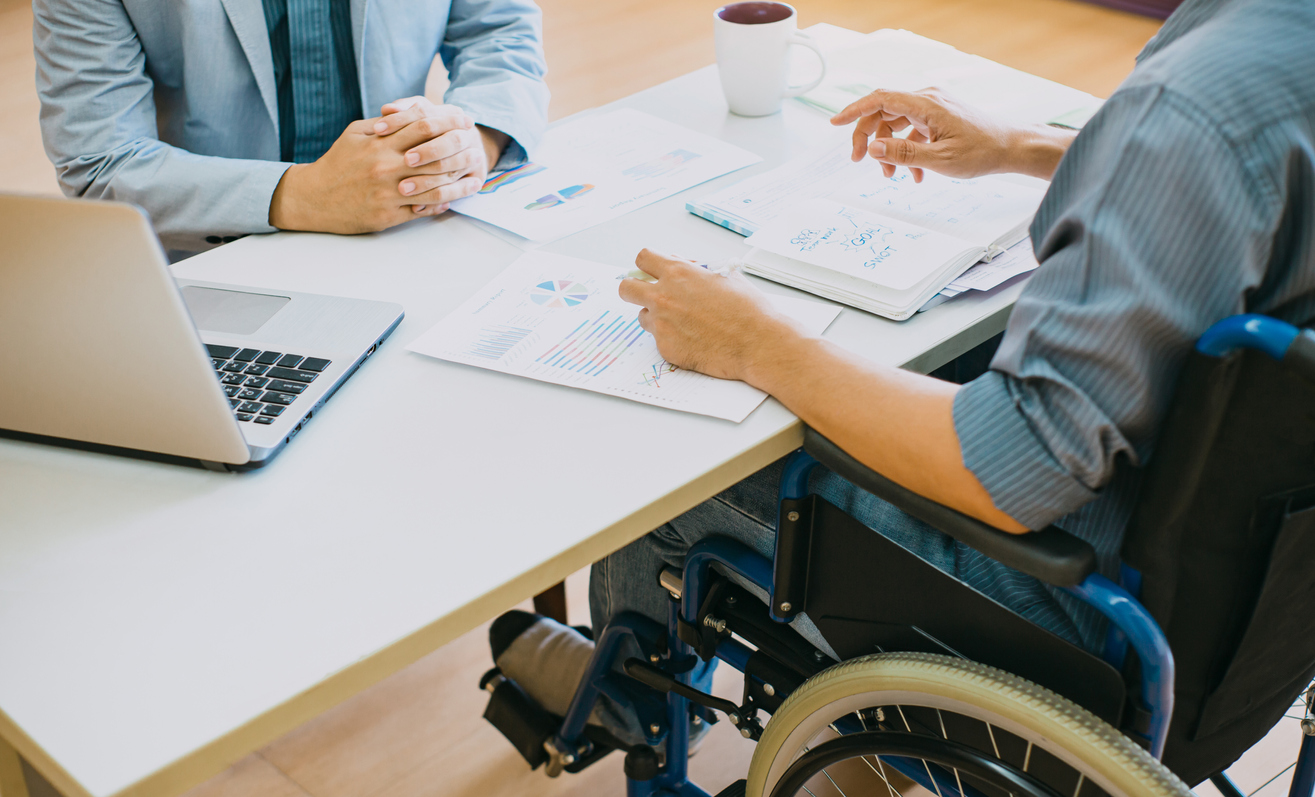TWO OFFICES IN NEW YORK CITY • Hablamos Español

New York’s personal injury law firm
Click For Your Free ConsulationNYC Personal Injury Lawyer » New York Personal Injury Blog » How To Proceed With An NYC Personal Injury Lawsuit
Posted in Personal Injury on August 3, 2022

New York City personal injury lawsuits proceed under New York state law, not NYC municipal law. Nevertheless, local court rules can exert some influence on the outcome of a case.
Not all lawsuits proceed in the same manner – legal strategy determines much of what happens. For example, most personal injury lawsuits never make it to trial. Continue reading to learn what you may expect if you decide to file a personal injury lawsuit in New York City.
Most parties, both victims and defendants, prefer negotiated out-of-court settlements to lawsuit verdicts because they are quicker, easier, and (in many cases) cheaper to resolve.
Nevertheless, you might still use the prospect of a lawsuit to pressure the opposing party to offer a generous settlement. In some cases, however, sympathetic juries issue “windfall verdicts” in favor of victims.
A formal lawsuit proceeds according to the New York Civil Practice Law and Rules (CPLR), although some flexibility is built into the process.
The first step in initiating a personal injury lawsuit is to draft a formal Complaint. Unless you are litigating in Small Claims Court, your Complaint must comply with specific rules. Ask your lawyer to prepare your Complaint and gather evidence to support your claims.
You must also notify the defendant of the lawsuit through a procedure known as Service of Process. You must provide the defendant with a court summons and a copy of the Complaint. Normally, a third party must personally deliver these documents to the defendant.
The defendant must reply and attend any scheduled hearing or risk the entry of a default judgment against them. Two popular responses are a formal Answer to the Complaint and a Motion to Dismiss. A defendant might also ask the judge to drop them from the case because they are an inappropriate defendant (for example, a trucking company in a truck accident case).
Pretrial discovery is a procedure in which both parties demand evidence in the other party’s possession.
Pretrial discovery includes four main legal tools:
You can ask a court to sanction an opposing party that refuses to cooperate with your discovery requests.
When you make a motion in court, you ask the judge to do something for you. Space does not permit a listing of every possible pretrial motion.
Examples include:
The parties might also have to attend one or more pretrial conferences with the judge.
Most cases settle before trial.
If you do make it to trial, however, the process includes the following phases:
You can still settle your case at any time before the jury announces their verdict.
If you want to appeal an adverse decision, you have 30 days to do so. You need grounds for appeal to have any chance of winning, and the higher court will give a certain amount of deference to the lower court’s verdict.
Unless your claim is small, your case will probably be complex enough to require a lawyer to maximize your chances of adequate compensation. This is especially likely if the other side has hired a lawyer. The odds are good that a lawyer can secure a much larger verdict or settlement than you would be able to secure on your own.
If you need legal assistance, contact the New York City personal injury lawyers at Law Offices of Jay S. Knispel Personal Injury Lawyers at your nearest location to schedule a free consultation.
We have two convenient locations in New York:
Law Offices of Jay S. Knispel Personal Injury Lawyers – New York City Office
450 7th Ave #409
New York, NY 10123
(212) 564-2800
Law Offices of Jay S. Knispel Personal Injury Lawyers – Brooklyn Office
26 Court St Suite 2511
Brooklyn, NY 11242
(718) 802-1600
Recent Posts
Categories
